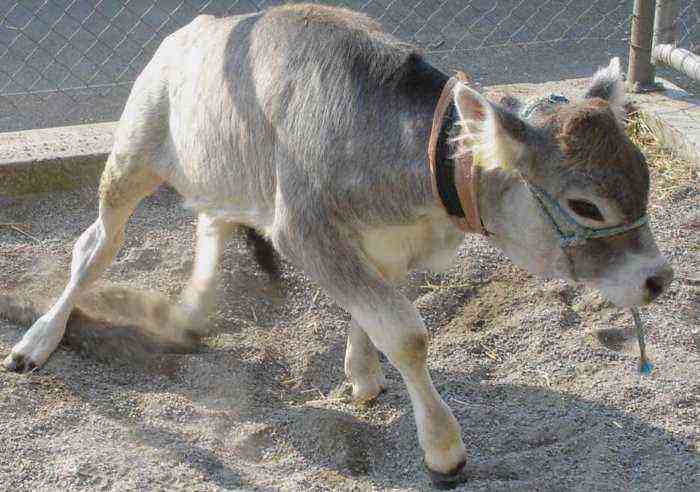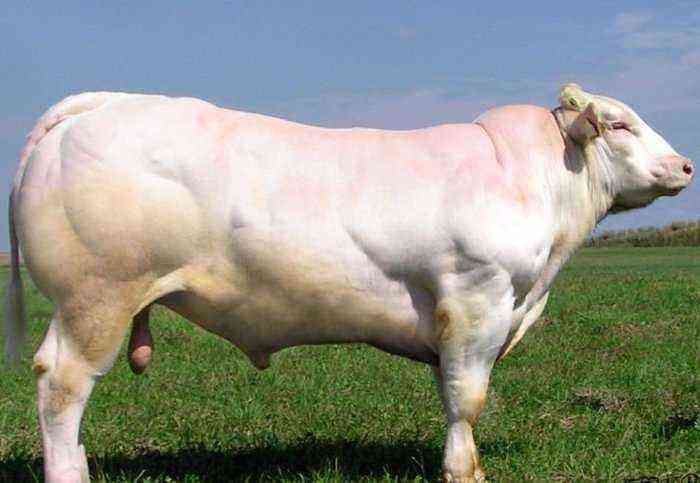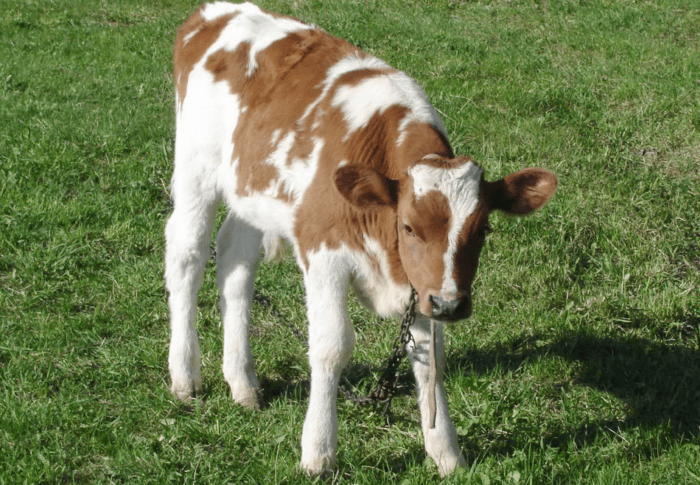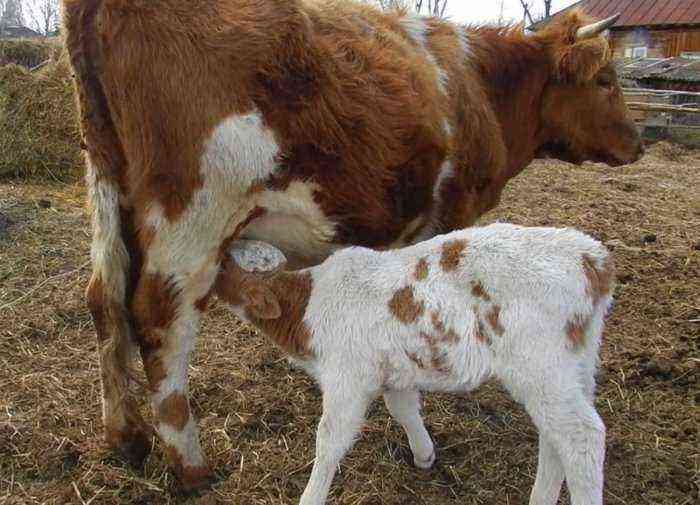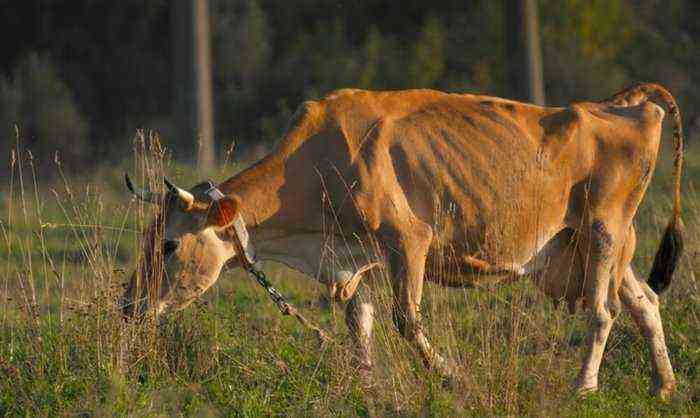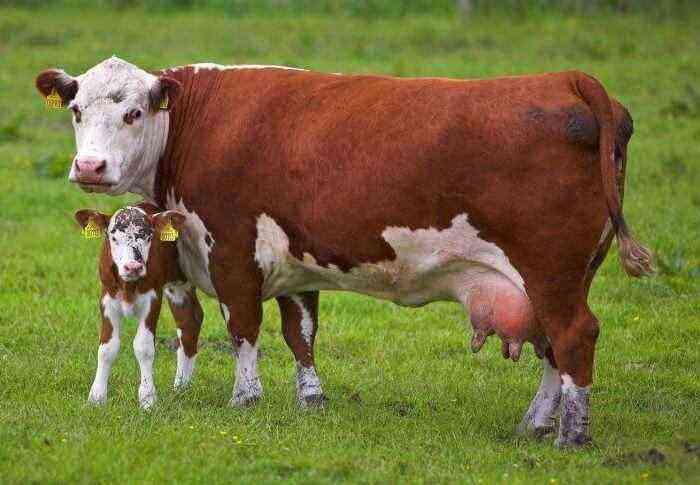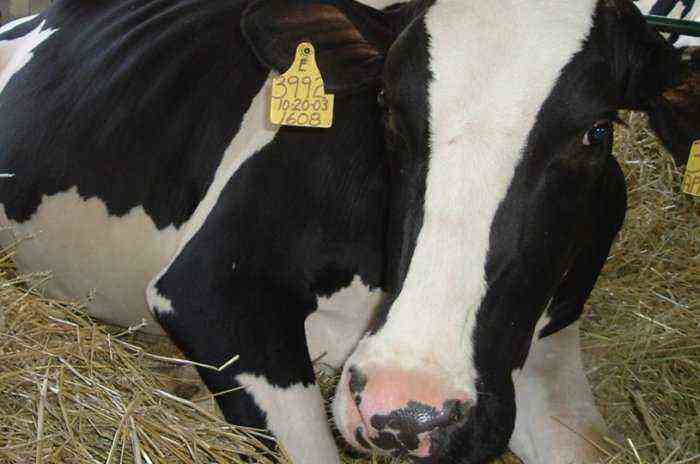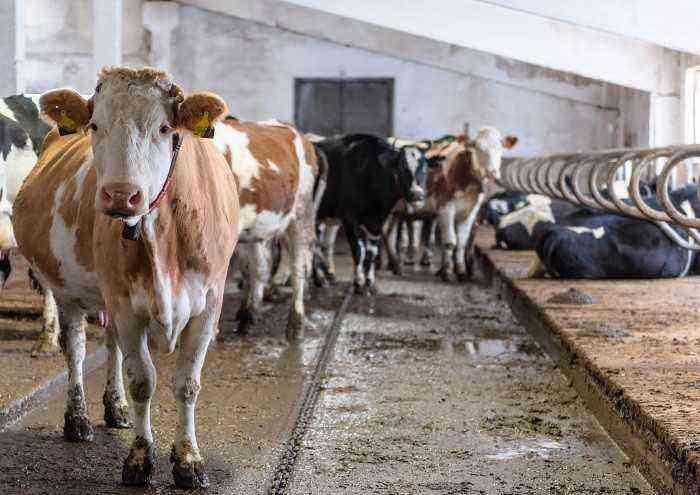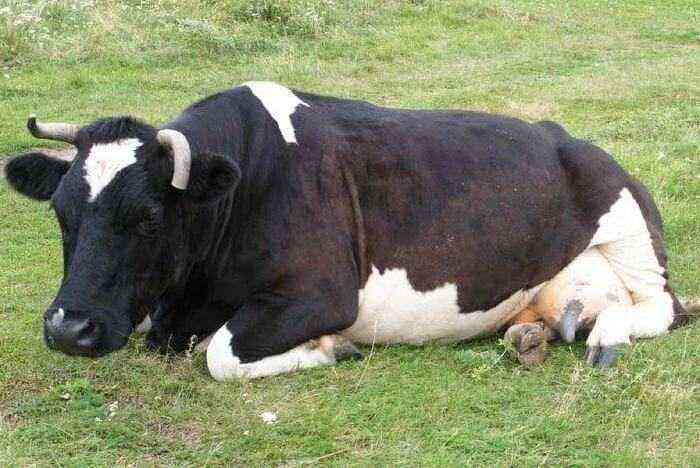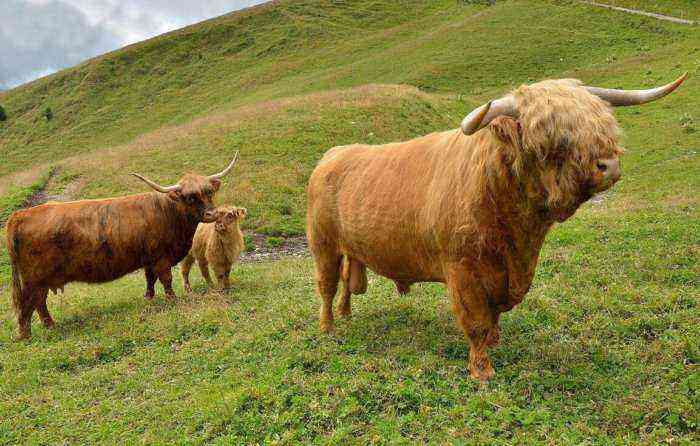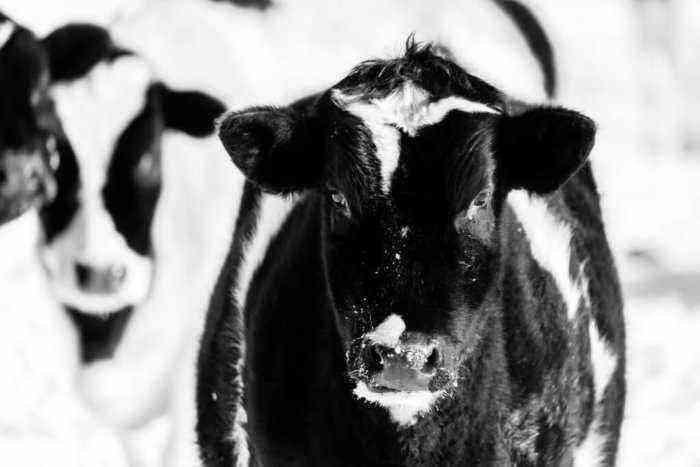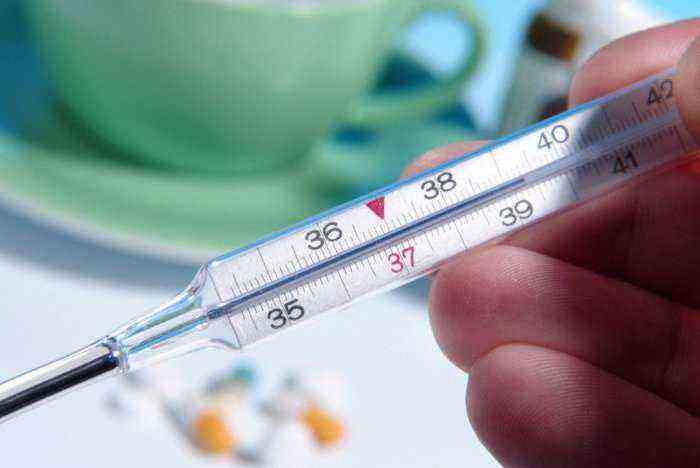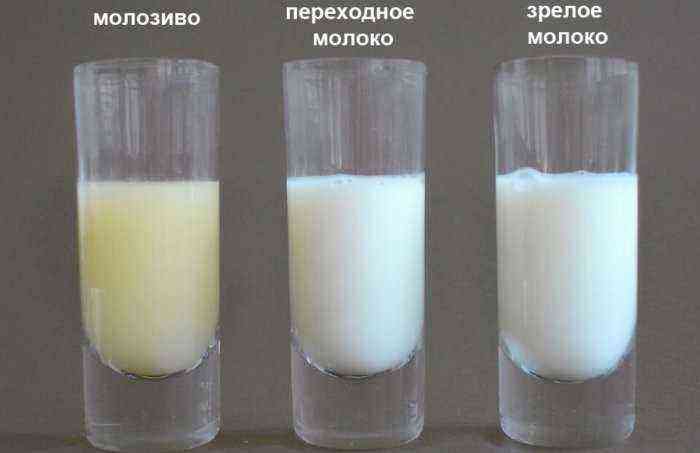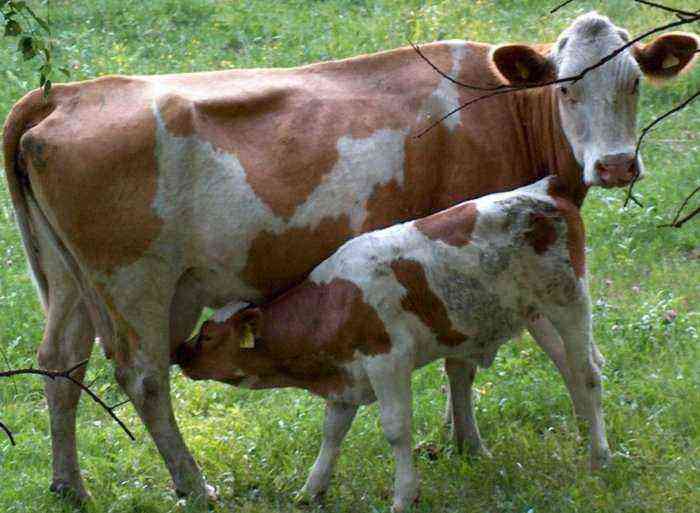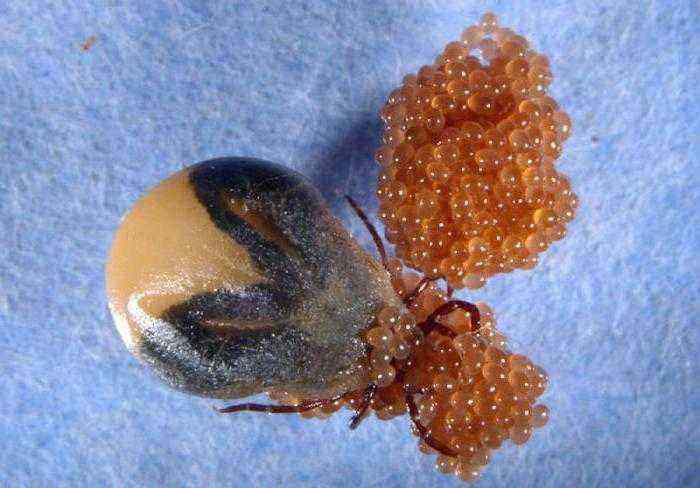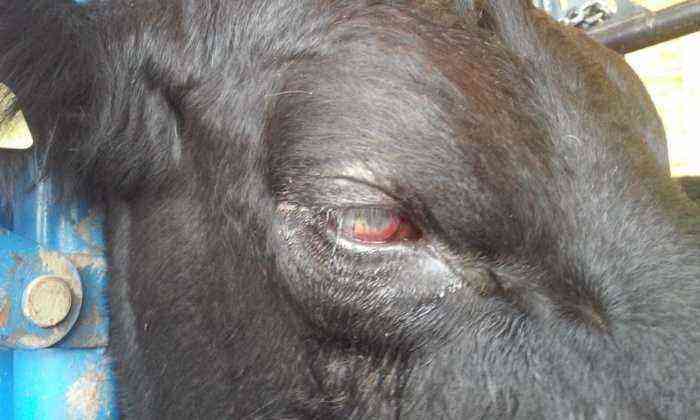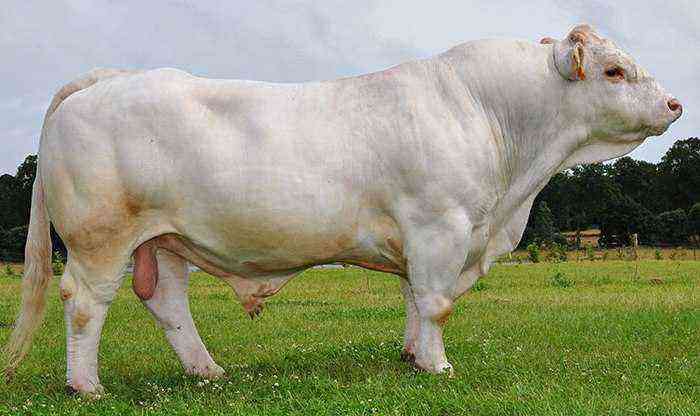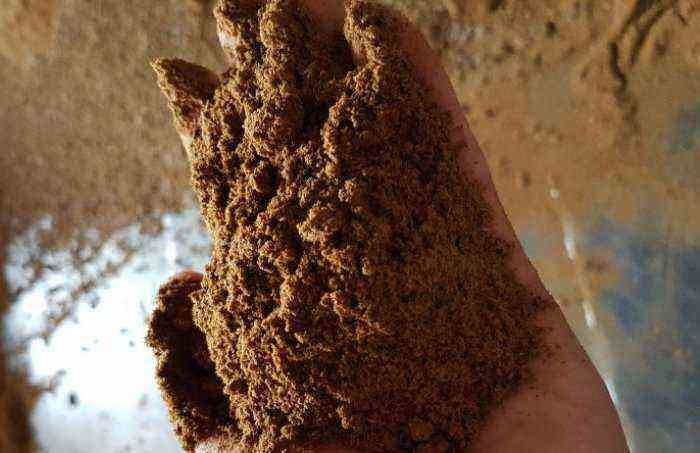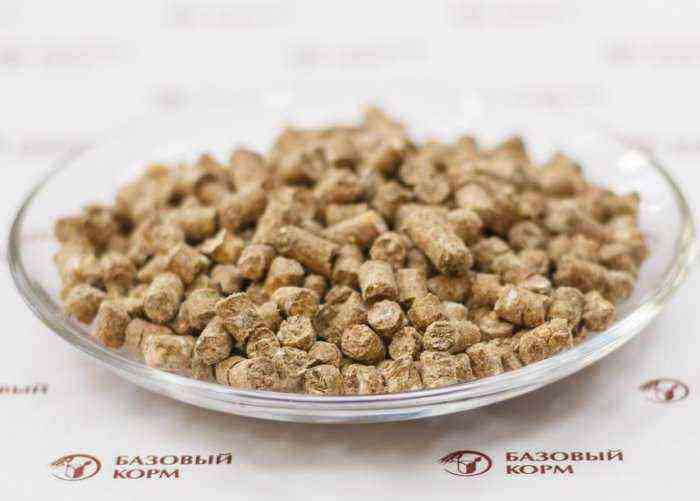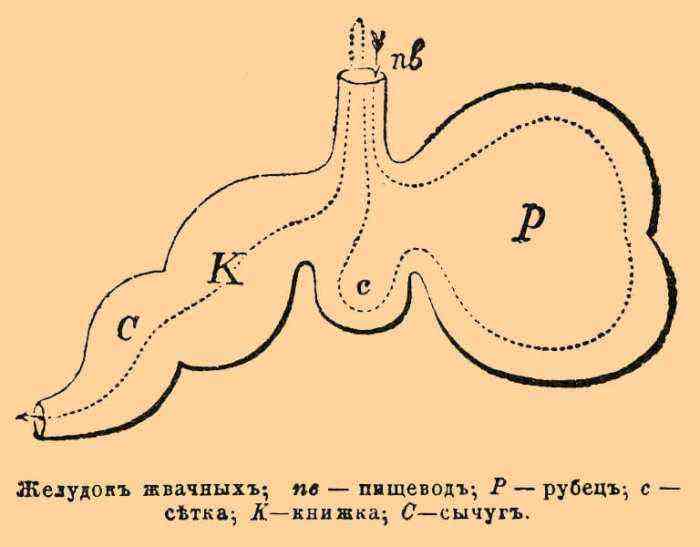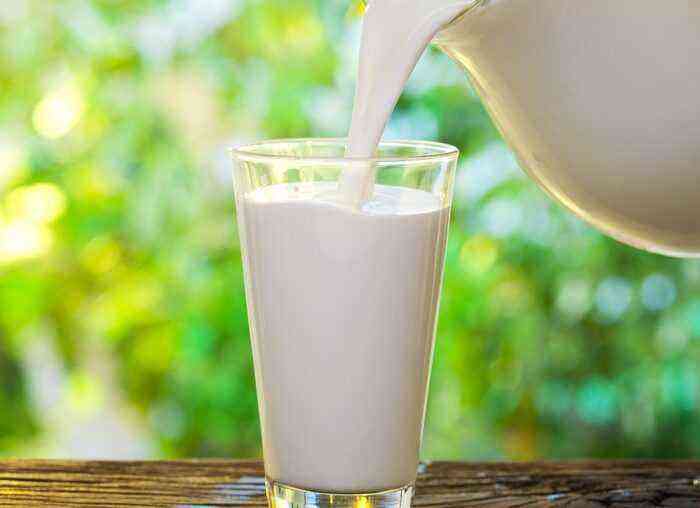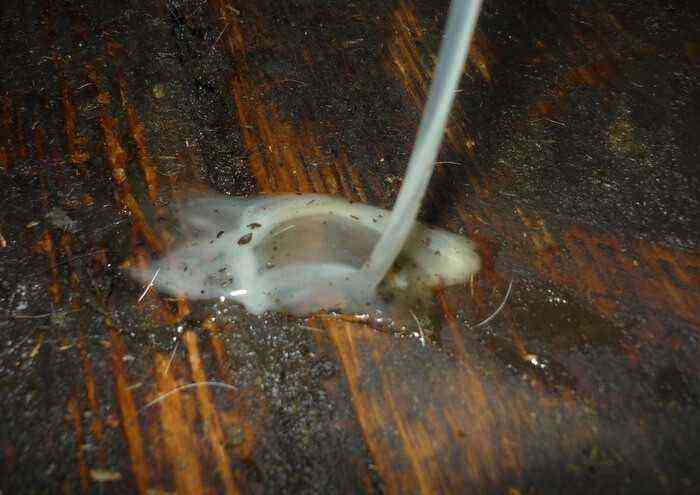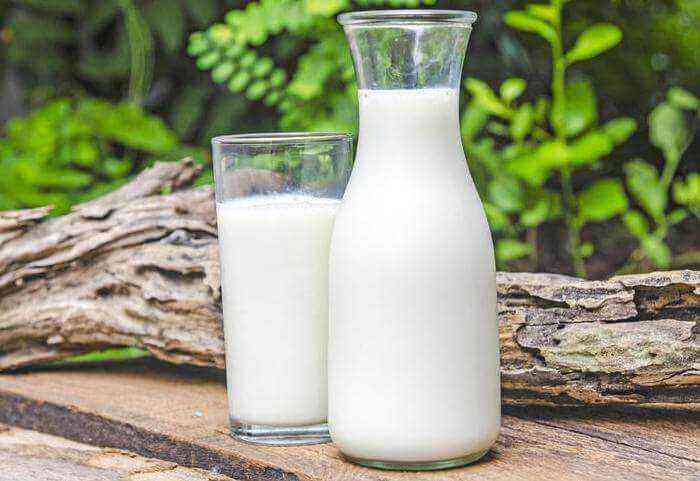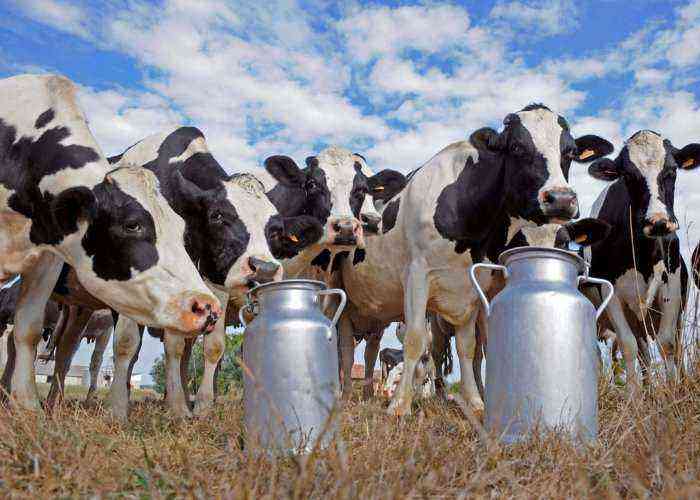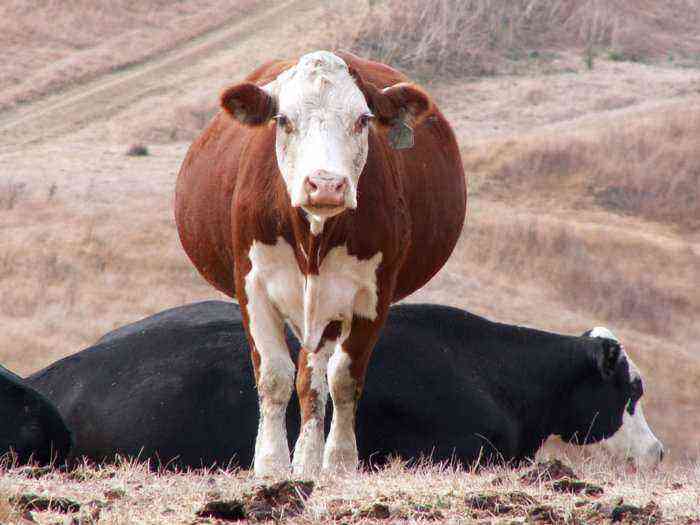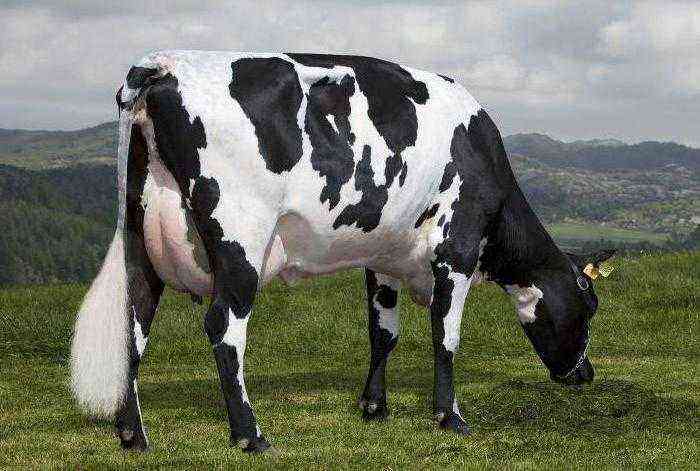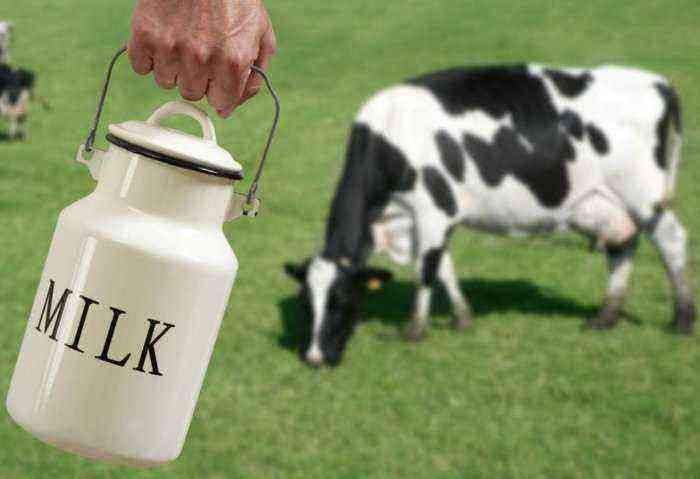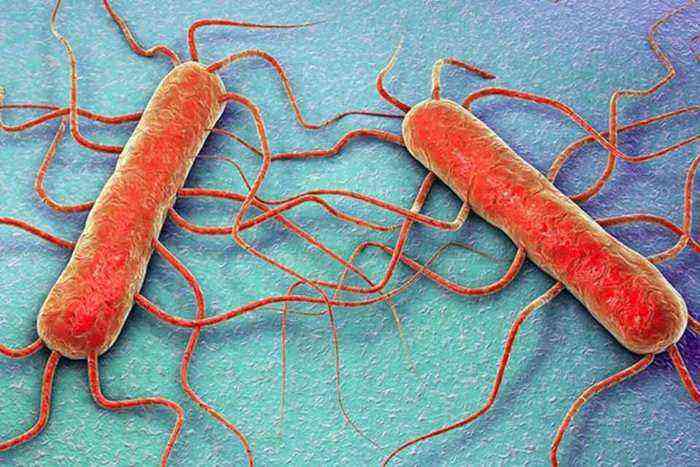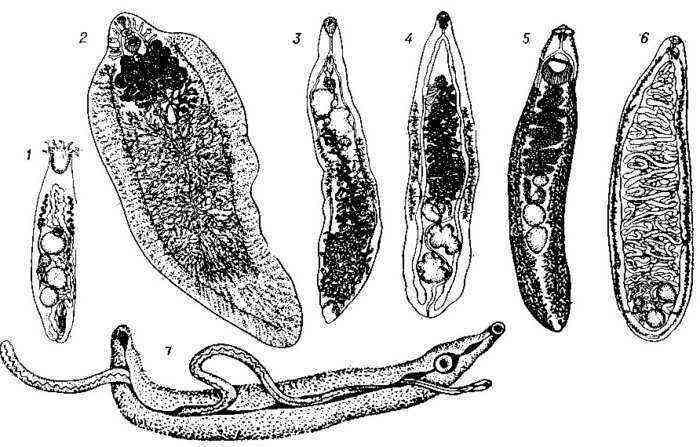An udder bruise in a cow occurs due to a blow with a horn or hoof, as well as as a result of the animal falling when moving on rocky ground. This disease should not be ignored, since inflammation can occur in the tissues of the mammary gland, which later develops into mastitis.
cow udder
Symptoms
Minor bruises can be difficult for the farmer to detect. Only during milking you can notice some changes:
- swelling on one of the lobes of the mammary gland;
- redness;
- increase in local temperature;
- soreness.
If the blow to the milk tank was strong, then the symptoms are more pronounced. When the soft tissues of the mammary gland are bruised, a hematoma forms inside, which is often visible to the naked eye. The skin changes color to dark. During milking, the farmer may find that the amount of milk produced from one or two lobes has dropped significantly. This is due to blockage of the milk ducts with clotted blood. It is also possible to detect bloody inclusions in milk.
Why is an udder injury dangerous?
An udder bruise is not as harmless as it seems. As a result of an injury to the lobe of the mammary gland in a cow, milk production in the future can be greatly reduced. This occurs with extensive hematomas, when their contents are not completely absorbed, but encapsulated. This leads to the replacement of the glandular tissue of the damaged part of the udder with connective tissue. As a result, the functionality of the milk tank is reduced.
Attention! A bruise can also lead to the development of mastitis, including purulent.
Treatment
A sick cow should be placed in a stall and ensure that it is warm and dry. The animal is given rest.
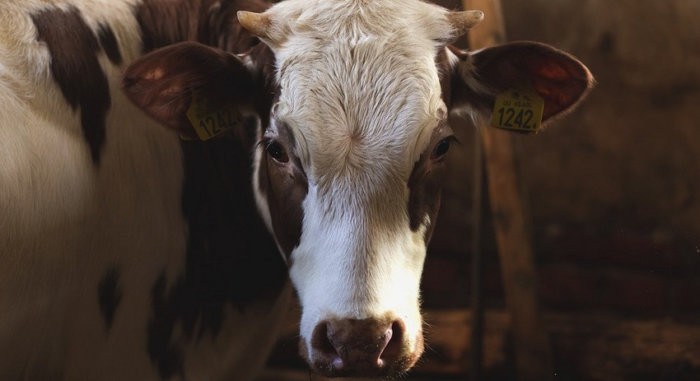
cow in quarantine
At the time of treatment, the amount of succulent food in the animal’s diet is reduced and less water is allowed to drink. Therapy includes:
- the use of compresses;
- ointments to relieve swelling;
- regular pumping;
- massage.
If it is difficult to express milk due to blockage of the milk ducts by blood clots, it is necessary to wash the affected lobe with a weak solution of baking soda. To do this, dissolve 5 grams of sodium bicarbonate in half a liter of warm boiled water. It is not necessary to use the entire volume of liquid – only 50 ml of solution is needed to flush the ducts. It is injected directly through the nipple into the affected part of the udder. After 20 minutes, the cow is given a light nipple massage and milking is performed.
Attention! The washing procedure should be repeated every 3 hours until it becomes obvious that all the clots have come out and the milk can be easily expressed.
In the first day or two, cold compresses are applied to the hematoma. They help relieve swelling and relieve pain. On the second and third days, warm compresses are applied to the sore spot. To do this, gauze, folded in half, is impregnated with alcohol or a mixture of alcohol and camphor, applied to a sore spot, cellophane is applied on top, then a layer of cotton wool. To fix the warming bandage, a navybnik is used.
Attention! A warm compress is applied for 3-6 hours in the morning and evening.
The bruised area can be lubricated with Troxevasin ointment, combining this procedure with a short massage. Every day it is necessary to control the condition of the udder. Improvement in well-being with minor injuries occurs after 2-3 days.
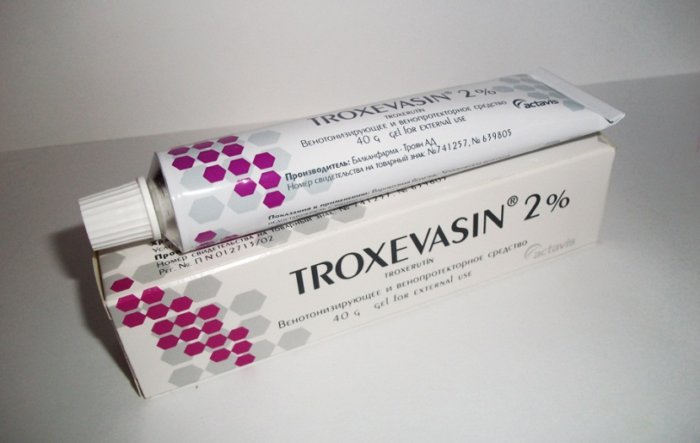
Troxevasin
Surgical intervention
In some cases, treatment is carried out with the help of surgery. This is necessary when the hematoma is too large, then there is a risk of inflammation or tissue necrosis. The veterinarian gives the cow local anesthesia, opens the bruised area with a scalpel so that the accumulated blood comes out.
preventive measures
Since udder bruises most often occur when animals are kept crowded, care must be taken to ensure that the animals have enough space. Cheerful cows are removed from the herd, which is not the first time they have injured other individuals. Having found a hematoma on the udder, treatment is started on the same day in order to avoid unpleasant consequences in the future.
Udder injury in cows is a common phenomenon. Especially often animals suffer from bumps and falls in the summer on pastures. At this time of the year, the farmer should examine the mammary glands of animals daily so that if a hematoma is found, treatment can begin immediately.
